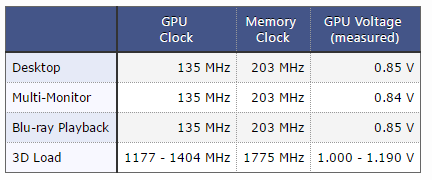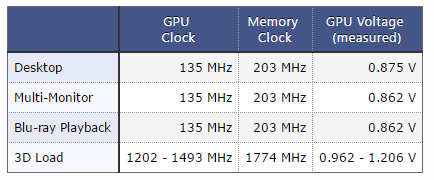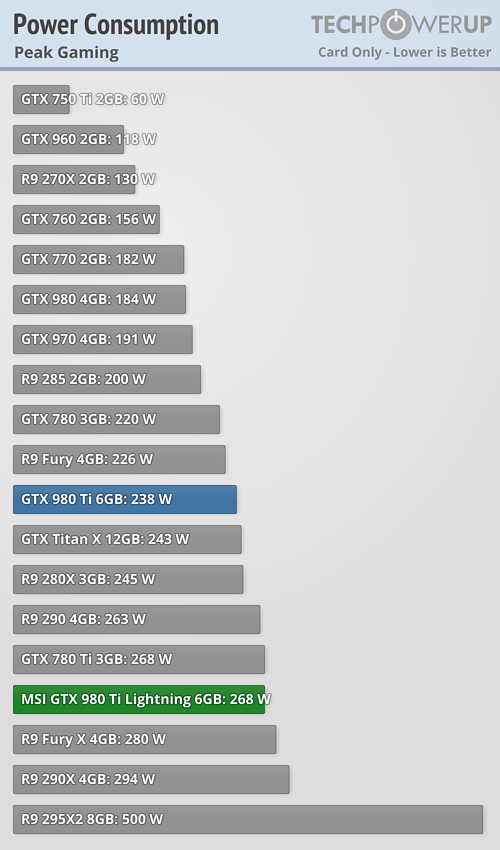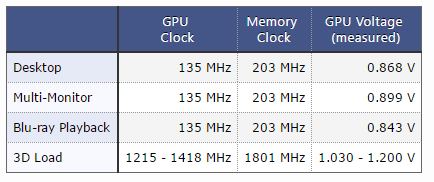Alkaladur
Limp Gawd
- Joined
- Apr 9, 2016
- Messages
- 179
It would help if you could EXPLAIN YOURSELF, which you obviously cannot if all you can do is call me names Tell us in exact words what was so broken with the GTX 980 Ti, or expect us to ignore your ass.
And don't just bitch about the GTX 980 Ti - you have to justify why this problem on the 980 Ti has any potential to appear on the GTX 1080.
the reason reference 980tis hit the tdp wall so easily was, in part, due to the power delivery not being up to the task, the output mosfets in GPU VRM are rated for a certain current depending on temperature, as they get hotter this current is reduced. this is why custom PCB are the best
![[H]ard|Forum](/styles/hardforum/xenforo/logo_dark.png)












